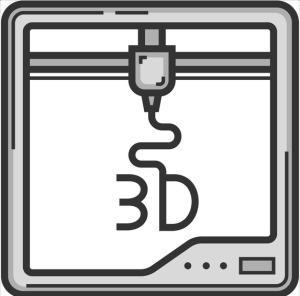by
Lauren Dubinsky, Senior Reporter | October 11, 2016

The era of 'off the shelf' stent
sizes may be ending soon
Imagine 3-D printed, flexible, biodegradable vascular stents that are customized for each patient's body. Researchers at Northwestern University are working on making that a reality.
"In the future if what we propose is commonplace, one could, in theory, combine the benefits of personalized medicine with optimal medical device function," Guillermo Ameer, professor of biomedical engineering at the university, told HCB News.
Most stents are made from metal and are available "off the shelf" in different sizes. The physician has to guess the stent size that fits their patient, which is dependent on their experience.



Ad Statistics
Times Displayed: 129813
Times Visited: 7378 MIT labs, experts in Multi-Vendor component level repair of: MRI Coils, RF amplifiers, Gradient Amplifiers Contrast Media Injectors. System repairs, sub-assembly repairs, component level repairs, refurbish/calibrate. info@mitlabsusa.com/+1 (305) 470-8013
A stent that doesn't fit right can move in the artery and fail. The physicians then have to reopen the blocked stent or bypass it with a vascular graft, which is an expensive and risky procedure.
The researchers adapted a 3-D printing technique called projection micro-stereo-lithography to create the stents using a polymer. When a pattern of light is shone on the polymer, it turns it into a solid that slowly displaces to cure the next layer of liquid polymer.
Drugs can be loaded onto the polymer and slowly released at the implantation site to help heal the blood vessel wall.
"The surgeon could decide which drugs to include with the stent material for slow release once implanted if necessary," said Ameer. "They would not have to only rely on the few drugs that are available in off-the-shelf stents, which may or may not be optimal for that particular patient."
This could also be used to treat certain types of cancer that are in tubular structures. The chemotherapy agent could be loaded into the biomaterial ink in liquid form.
In the future, physicians may be able obtain the dimensions of a patient's vessels with imaging techniques and then 3-D print a stent on site that fits those dimensions. However, regulatory agencies have to catch up to these types of technologies and proposed patient-specific medical devices, said Ameer.
Going forward, the researchers plan to investigate how long it takes for the biodegradable stent to break down and absorb in the body. They also want to test innovative stent designs to improve their long-term performance.

